Improving Focus through Canine Fitness

Focus - something that we always seem to want to work on in our K9 partners. To improve our performance, we frequently strive to improve and maintain our dog’s focus - for us and for the game we are playing together. Body awareness is another path to engaging and building your dog’s focus.
Athletes use visualization as a warm up technique to help them prepare their mind and body for the physical challenge to come. Visualization increases mental awareness as well as confidence, and helps connect the body and mind. Studies show over and over again how visualization - the act of going through each movement, each swing, each run, each jump mentally first - helps elite athletes perform better.
Many agility handlers have incorporated visualization into their preparation for running a course. Immersing yourself in the feeling of the moment, the connection with your dog, is also visualization. We know that visualization actually trains the nerves and muscles to perform the visualized...
Variables in Balance Training for Your Dog's Fitness
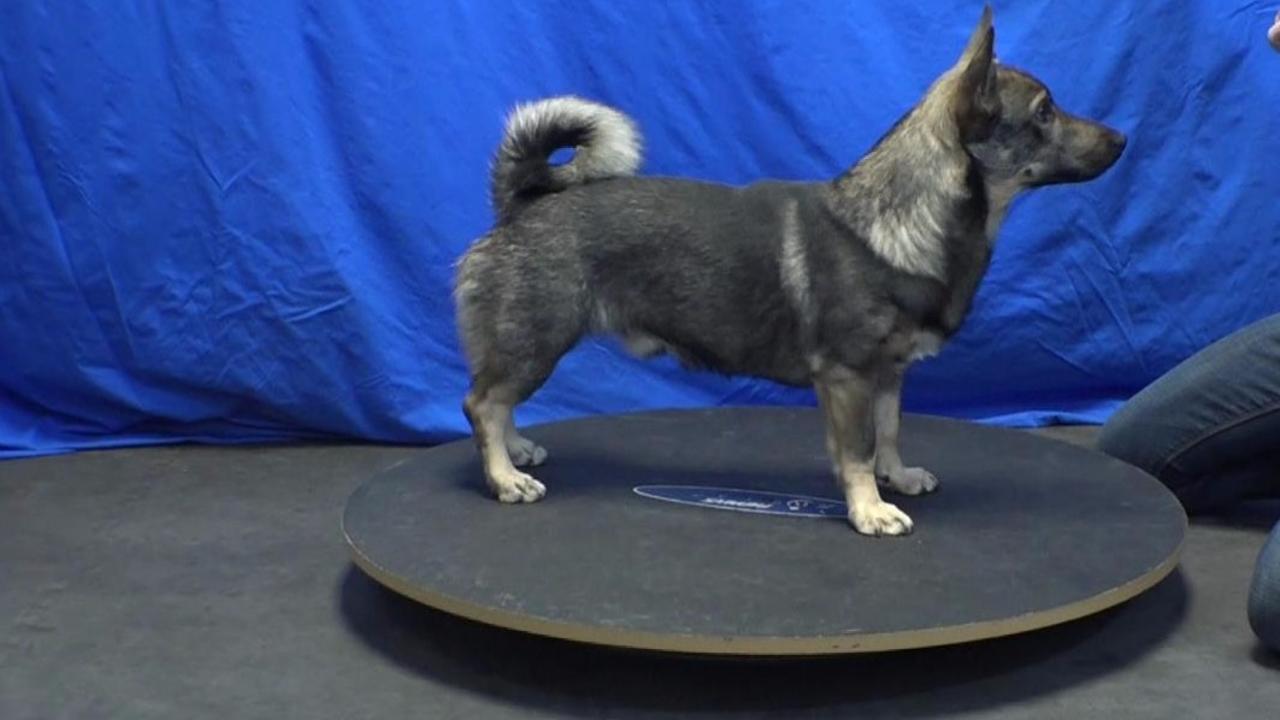
Balance is one of my favorite components of dog fitness training; it’s fun to teach and to share with others! Most dogs enjoy the physical and mental challenge of balance training as well making it fun for the dogs too!
There are many variables involved in balance and stabilziaiton training. These include:
- Your dog’s body position
- Number of feet on the equipment (called the base of support)
- Height of the equipment versus height of your dog
- Inflation levels
- Whether your dog is standing or moving on the equipment (static or dynamic stability)
- The specific piece of balance equipment used
- Your dog’s prior exposure to the equipment
- Visual input
Balance is learned, and any dog can do it. For some dogs it will be easy and very natural, others will have to work harder at achieving better balance - but every dog, and dogs of all ages, can improve their balance.
One of the easiest variables to categorize in balance work is the type of equipment being used for the dog's exerc...
Form is the Key in Canine Fitness!
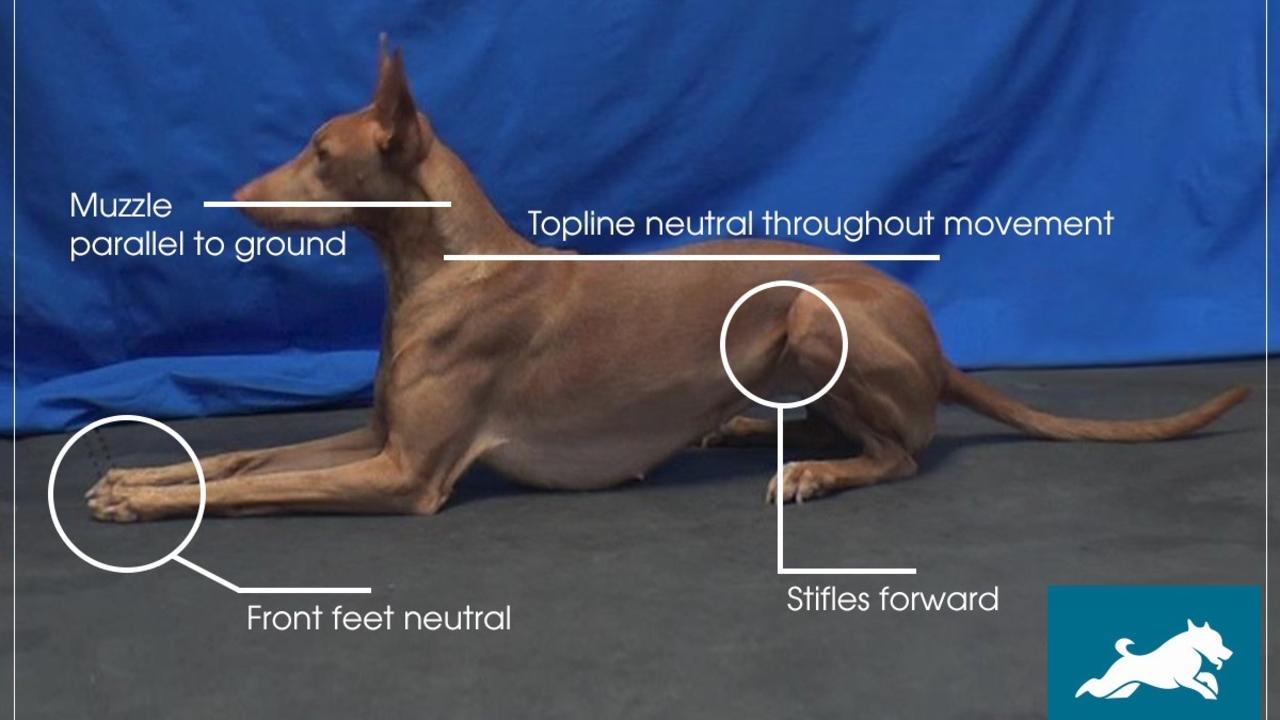
Why do we focus so much on your dog's form while doing fitness exercises? Why is it so important?
The answer is very simple – the results depend on the dog’s form. You should care about proper form if you care about the intended results. Doing an exercise with the right form is the only way to consistently achieve the desired results, and that is why we focus on form with every exercise we teach. If you want to make your dog stronger, faster, more agile, or even just more aware of his body, then you must achieve the correct form with each exercise in your dog’s fitness training.
Canine fitness training is more than simple parlor tricks. Every single exercise your dog does should be done with a specific purpose in mind.
You should know the purpose and it should fit with the overall goals you have for your dog. The purpose should be a physical reason. The purpose may include goals like:
- strengthen the joint capsules to stabilize specific joints like the hips
- increase co ...
Our First K9 Fitness Class (and it’s free!)

In my years of working with dogs and, especially in practicing the physical medicine of rehabilitation, I have categorized certain movements in K9 fitness as essential building blocks. These are specific movements that seem to be closely linked to effective use of one’s body and a certain minimal amount of proprioception, or body awareness for your dog. These movements, which at K9 Fitness Solutions, we call essential elements, are foundational movements. They are the baseline for controlled, balanced and efficient movement which permits improvement and gives a basis to build upon.
The foundational movements that I consider essential elements are stand to tucked sit, step back stand from a tucked sit, stand to folding sphinx down and sphinx down to stand. Additionally, I find that front feet targeting and walking backwards are especially useful movements for your dog to learn to execute properly.
Each movement mentioned above, while seemingly easy at first glance, should be don...
The Benefits of Exercise and Fitness for the Retired K9 Athlete

Sooner or later, it happens to everyone’s performance dog - Retirement. While it is the end of your canine athlete's competitive career, it doesn't have to be the end of your dog’s life as a partner in training. And it certainly shouldn't mean that your former athlete should be relegated to the couch to sleep away her remaining days while you and the younger dogs enjoy the sports she once enjoyed. In fact, it's just the opposite! Your retired athlete should hit the “gym” regularly to stay fit and enjoy her retirement. Read on to understand how exercise helps slow the overall aging process and keep your dog young.
Brain power
Working out, balance exercises in particular, help your dog’s brain continue to function at peak levels and slows the onset of canine cognitive dysfunction syndrome, or signs of senility. Balance work is like a crossword puzzle for the brain and body to figure out.
Stay happy
Is your K9 retiree bored or depressed because you and the young “pups” are out ...
Heat Stress in our Canine Athletes

High drive canine athletes are at risk for suffering the effects of heat stress during training and competition. Studies show that some working dogs and k9 athletes can have body temperatures that are extremely high during strenuous activity (reported temperature values include Greyhounds 104 F - 106 F, Labradors 102 F - 107 F, Pointers 103 F - 106 F, and Sled Dogs 104 F - 108 F.) Interestingly, these dogs do not necessarily show any clinical signs of heatstroke or heat exhaustion. But other k9 athletes remain susceptible. Although the incidence of heat stress and heat stroke in K9 athletes has not been determined, we do know that several factors can increase your dog's risk. And we know that intervening during the early signs of heat stress can prevent heat stroke completely.
How hot is too hot?
It is not just extremely high temperatures that puts your dog at risk but also combinations of high temperatures and high humidity. A handy reference is to add the ambient temperature ...
The Benefits of K9 Balance Training

Balance is one of my favorite things in dog fitness training, in K9 athletes, in my rehab patients, my kids, and even myself. It's so rewarding to see progress in this area and it’s typically fun to train. So, here are 7 sevens reasons why better balance benefits both you and your dog!
-- Keeps your dog young. Balance is foundational to fitness and good health, and delays the onset of signs of aging.
-- Strengthen your dog's core. A strong core leads to better quality of life.
-- Improves performance in sports, and life in general. Whether it’s chasing birds in the yard or chasing the lure, better balance allows your dog to do better.
-- Protects against injury. This is a big one. This is one of the best reasons why every dog, including yours, would benefit from balance training. This not only includes major injuries and falls but those tweaks and strains of daily life too. Better balance equals less likely to get hurt.
-- Reduces Anxiety. Balance training requires concentr...
6 Ways to Avoid Injury in Agility Dogs
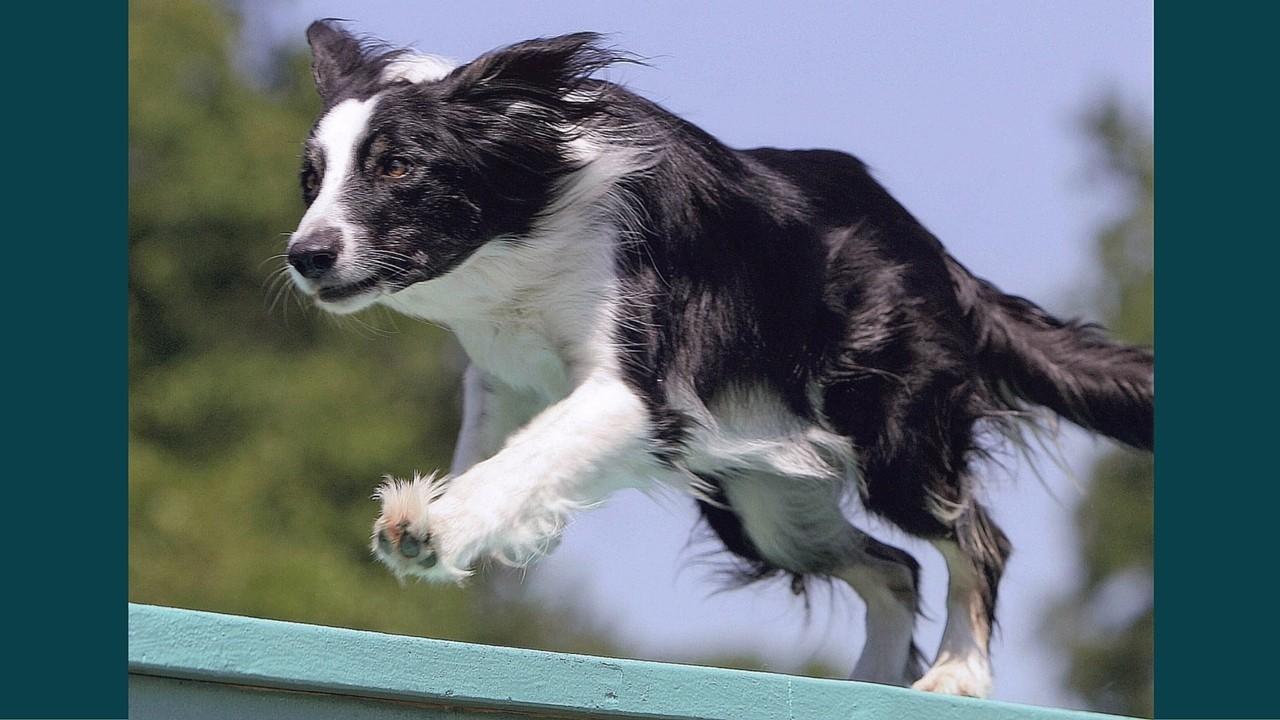
Nearly 1 in 3 agility dogs will suffer an injury that is directly related to their sport. To put it into perspective it means that between you and your two agility besties - one of you is going to be out of the game for a bit. Or, another way to look at it, if you have 3 dogs that run agility, one of those dogs is going to get injured doing it.
The dog with the highest probability of being injured is the inexperienced (less than 4 years in the sport) border collie. The statistics show that:
- The injury will probably occur on a bar jump, A-frame, or dogwalk by colliding with the equipment, or the ground.
- There are almost equal chances of it happening in practice or competition.
- There is about a 1 in 5 chance it will be a shoulder soft tissue injury with a 50% chance it takes him out of the sport for a month.
- There is a 4 in 5 chance it will be a soft tissue injury to the neck, back, hip, iliopsoas or elsewhere and a 50% chance it takes your dog out of the game for more tha...
6 Ways a Warm Up Helps Your Dog in Competition
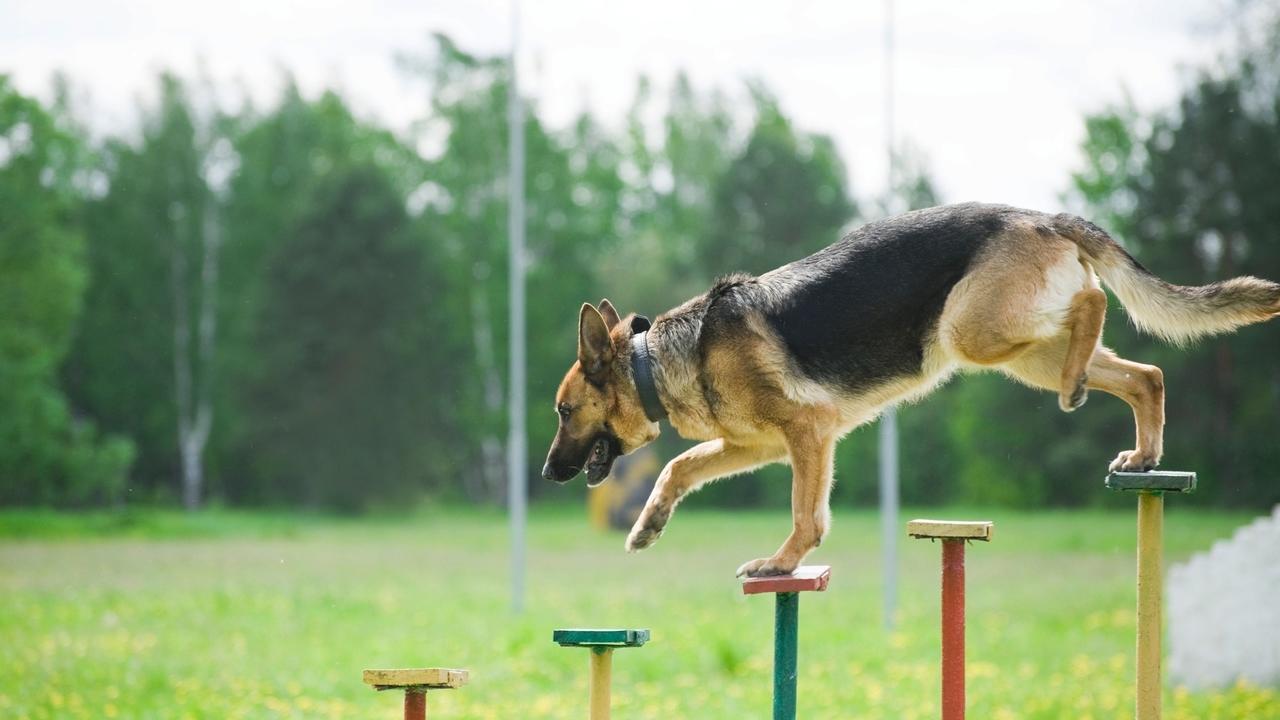
Research shows that human athletes benefit from warming up prior to workouts and competition. The same theory also applies to our dog athletes prior to exercise and training. A warm-up increases several physiological and metabolic factors. This means a good chance of a better performance and a reduction in the probability of injury.
1) Muscle and Body Temperature Increases: This makes the muscles more elastic. Muscles will contract with more force, and relax at a faster rate after a contraction. With warmer muscles, your dog’s strength and speed will be increased. A warmer body and muscle temperature will also lower the risk of a muscle pull or strain by increasing the glide of muscle fibers.
2) Increase in Heart and Respiratory Rates: This increases blood pressure so more oxygen and energy are delivered to the muscles.
3) Dilates Blood Vessels: Warming up causes the blood vessel to dilate which in turn reduces the stress that physical activity places on the heart, and increas...
Creating the Habit of Exercise for Your Dog
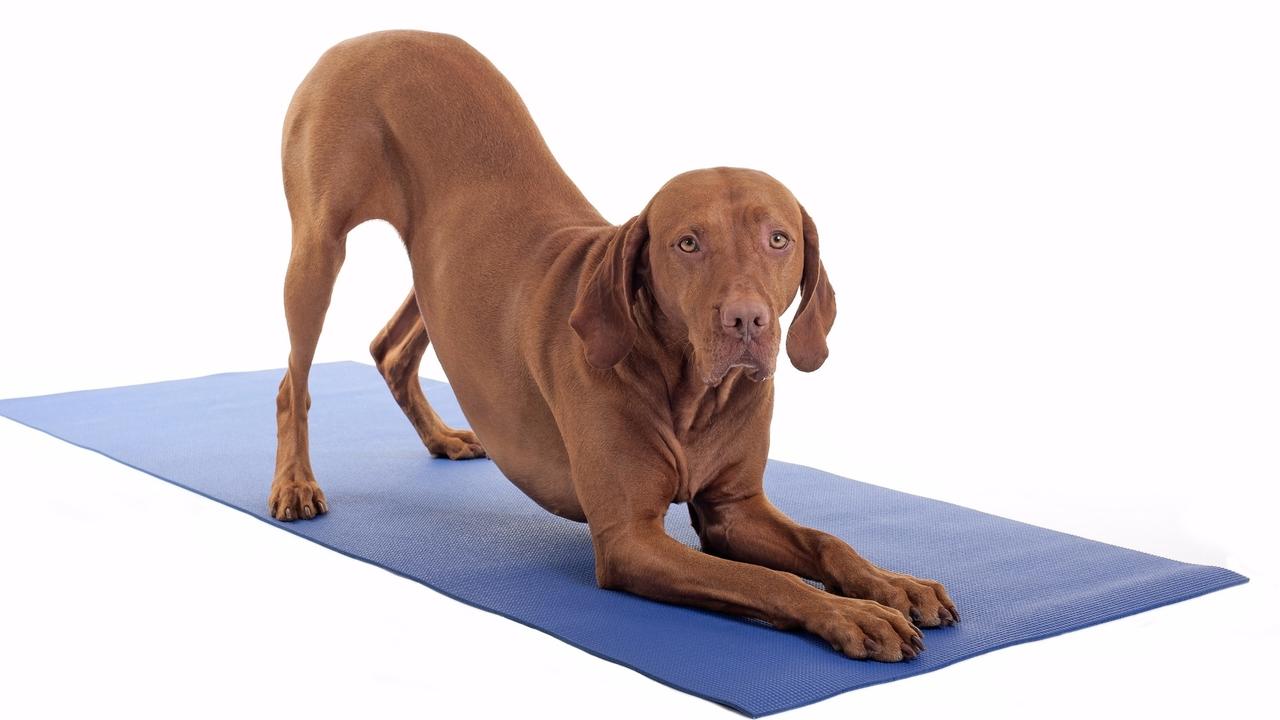
Creating new habits, such as consistently working out with your K9 athlete, takes a plan. We want you to make progress and reach your goal without becoming discouraged, so we offer these 3 tips for making your dog’s fitness training a routine part of life.
Keep it Simple (Motivation isn’t enough)
When a new behavior is really easy, you don’t need much motivation to do it. When a behavior is difficult, much more motivation is required. At any given moment, motivation can change. So we recommend you keep it simple.
Start with small achievable goals. Rather than committing to a general goal like working out every day, try to identify and commit to achievable habits, like working out two days per week or adding balance training into your current routine. The smaller and simpler a habit is, the easier it will be to do without having to rely entirely on motivation.
Reward the Small Goals
The positive emotions that come with accomplishing these small goals will fuel additional goal...